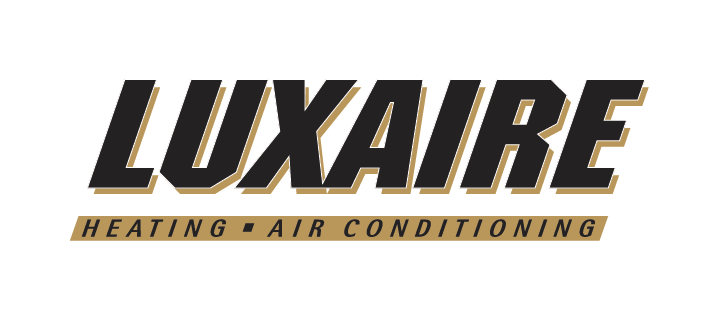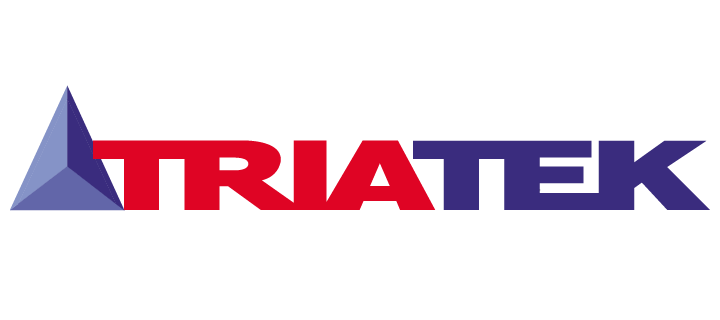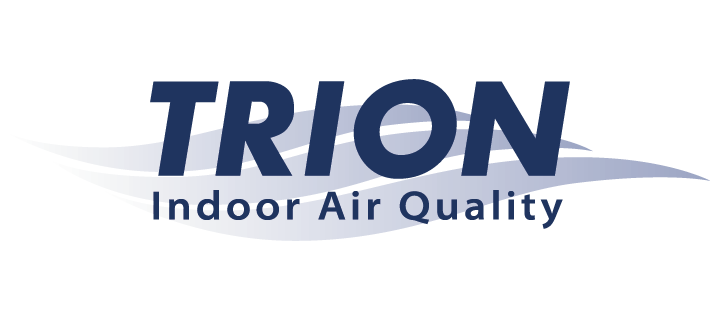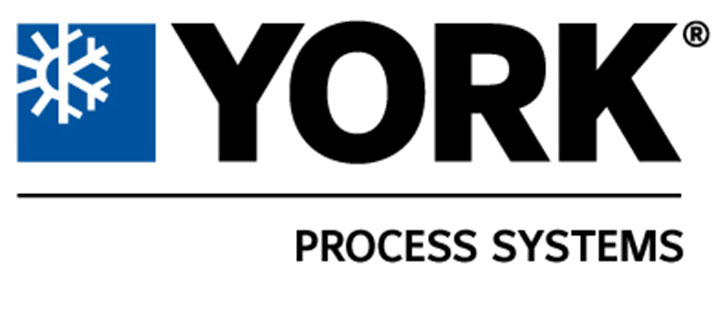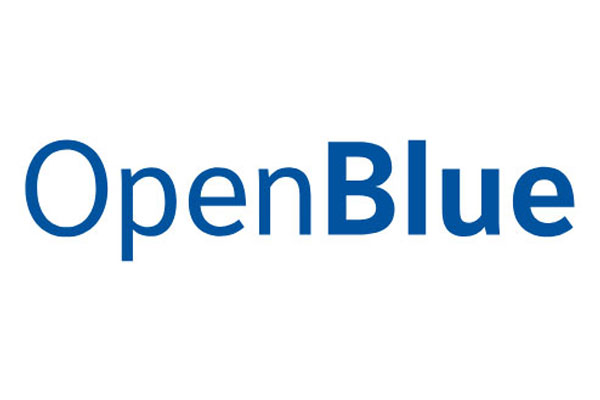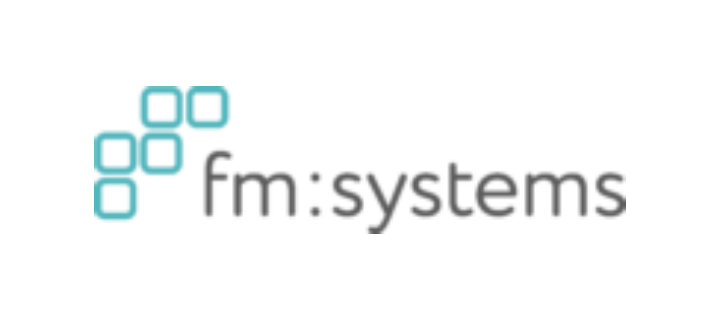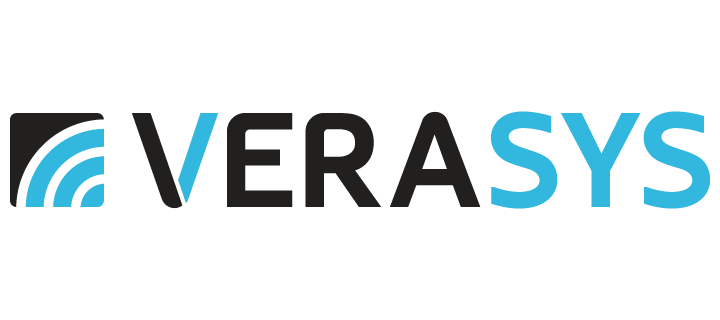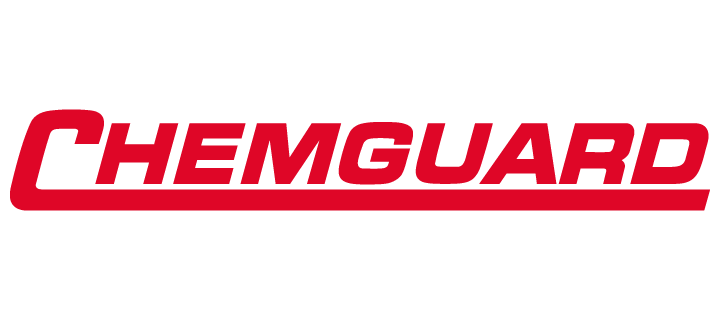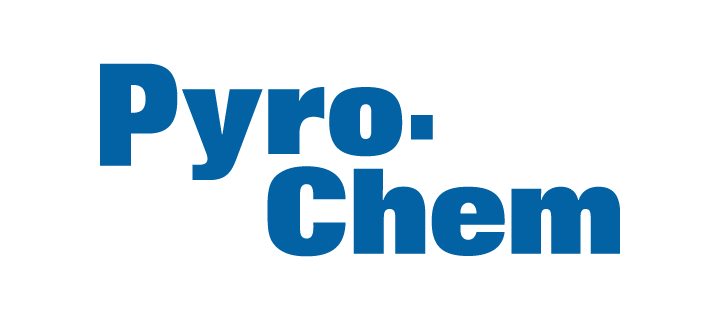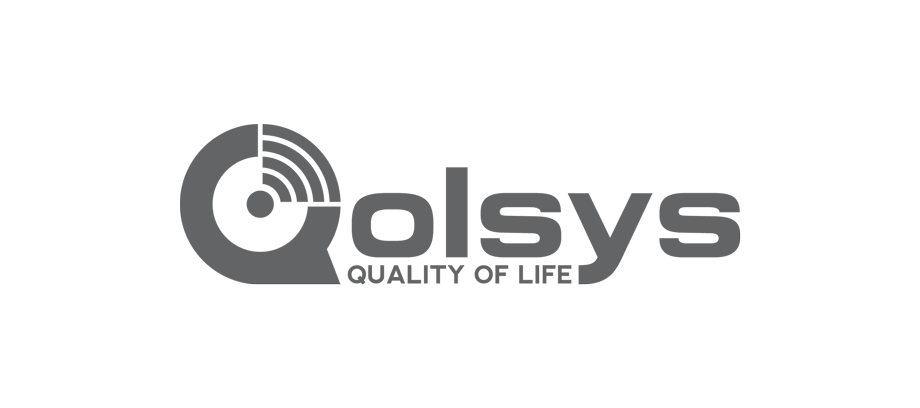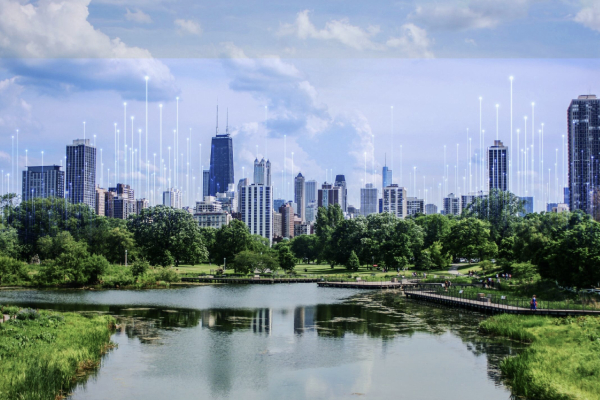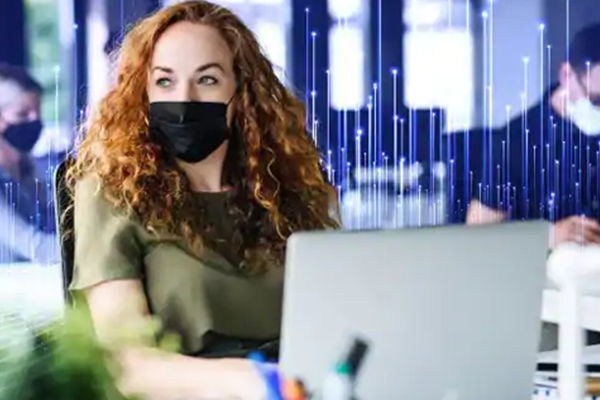- Johnson Controls
- Insights
- The Link Between Healthy Campuses, Healthy People, and Better Learning
The Link Between Healthy Campuses, Healthy People, and Better Learning
This article initially appeared in the June 25th edition of USA Today.
By Jeff Somers
As parents re-assess in-person education for their kids, one company is leading the way to healthier campuses.
The global pandemic has reminded us of the importance of the air we breathe. Americans spend 90 percent of their time indoors, where the concentration of pollutants is 2-5 times higher. And research shows that indoor air quality (IAQ), lighting, noise pollution, and other aspects of the indoor environment have a powerful impact on students — and staff — and their ability to focus and perform.
Investing in the health and safety of our higher education infrastructure is an investment in our collective futures. “The pandemic forced us to rethink and acknowledge the opportunity and responsibility we have to leverage the vast capabilities and services in our healthy buildings business segment,” Tyler Smith recently told the Healthy Air podcast. Smith is the executive director of healthy buildings at Johnson Controls, a global leader in sustainable, healthy building technology. “A digitally connected building is really key.”
"The pandemic forced us to rethink and acknowledge the opportunity and responsibility we have to leverage the vast capabilities and services in our healthy buildings business segment."
— Tyler Smith, executive director of healthy buildings at Johnson Controls
Healthier, safer interiors
To truly learn well, everyone — that’s students and teachers — must feel safe, comfortable and able to concentrate and participate. While most people think about temperature right away when they imagine comfort, there are many factors, including noise, light or dark, pollen or mold, vibration and humidity, that all must be optimal to create a great learning environment. That’s why infrastructure has a significant impact on students, educators, and staff. While ventilation and filtration strategies supported by regular monitoring and maintenance apply to almost every building, indoor air quality isn’t a discrete problem. Buildings are complex systems, and higher education campuses are home to clinics, labs, and other environments with specific requirements when it comes to indoor health and safety.
Johnson Controls has introduced their OpenBlue Healthy Buildings, a blueprint for healthier buildings focused on three pillars: healthy people, healthy places, and a healthy planet. “By leveraging those three pillars,” Smith says, “we help in not only connecting our capabilities externally with our customers, but we also provide some guardrails to future development.”
Indoor air quality isn’t just about the spread of disease — mold, allergens, and smoke from nearby wildfires can impact IAQ significantly. To help keep people healthy, OpenBlue Healthy Buildings offers agile, connected technologies such as thermal cameras, contact and exposure tracing, touchless access, as well as clean air solutions such as ventilation, filtration, disinfection, isolation, and monitoring. As it’s equally important to protect against physical threats, OpenBlue Healthy Buildings also connects safety technologies such as notification systems, gunshot detection, and visitor management systems. Plus, tools such as energy use and sourcing kiosks combined with more efficient and smart HVAC technology reduce the overall carbon footprint of the campus and aid in sustainability efforts.
Powerful partnerships
Johnson Controls is leading the charge for smarter, more connected campuses. “We’re not just trying to sell our customers a HEPA filter or a UV light,” Smith noted. “We educate our clients on scientific-based technologies and help them understand what to do, how to do it, and how to ensure the health, safety, and wellness of their stakeholders.” The company also recently partnered with the International WELL Building Institute (IWBI) to promote the WELL Building Standard (WELL), which certifies buildings to promote a culture of health and wellness.
Johnson Controls partners with colleges and universities around the world in building a better future, and Smith believes healthier buildings are part of the new normal. “Johnson Controls is proud to work alongside leaders in higher education to make their campuses better than they were pre-pandemic. By investing in healthier, smarter buildings, we can help campus administrators keep the well-being of their students, faculty, and staff first and foremost while also being good stewards of their environment and communities.”
To learn more about what Johnson Controls can do for you, visit www.johnsoncontrols.com/openblue/openblue-clean-air.
Related Items
OpenBlue
Applying data from both inside buildings and beyond, our customers can now manage operations systemically.
OpenBlue Healthy Buildings
Johnson Controls Healthy Buildings generate returns while creating healthy, sustainable environments that drive occupant well-being.





